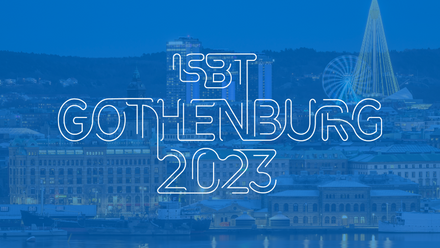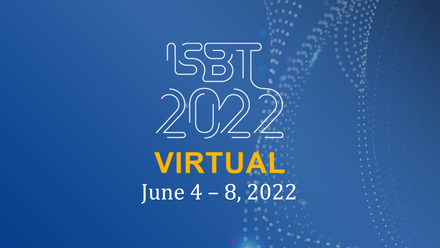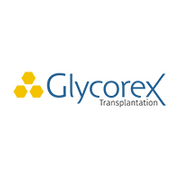The Diving deep into blood groups session included the following presentations:
1. Vanja Karamatic Crew: The new Er blood group system: Piezo and its role in RBC physiology
2. Gloria Wu: Elucidating the Blood Group Regulome
3. Camous Moslemi: A deep learning approach to the genetic prediction of blood group antigens
4. Gian-Andri Thun: Intriguing outcomes from Nanopore sequencing of two cryptic A3 samples: a case of blood group mosaicism and a novel regulatory variant in the ABO system
MODERATORS: Catherine Hyland and Frederik Banch Clausen
After the presentation, there was a questions and answers session of about 5 minutes, which is also included in the recording.
Abstract
The new Er blood group system: PIEZO1 and its role in red blood cell physiology
V Karamatic Crew1
1International Blood Group Reference Laboratory, NHS Blood and Transplant, Bristol, United Kingdom
The high prevalence red cell antigen Era and antithetical antigen Erb, were identified in the 1980s, and together with Er3, were recognised as the Er collection (208) by ISBT in 1990. However, the molecular background of these antigens was yet to be discovered until now.
At IBGRL, Bristol, UK, we used whole exome and Sanger sequencing of individuals with serologically defined Er alloantibodies and identified several missense mutations within PIEZO1, a large gene comprised of 51 exons and located at 16q24.3. All the observed mutations encoded amino acid substitutions within the extracellular domain of the Piezo1 mechanosensor ion channel, a large transmembrane protein known to translate mechanical forces into the electrochemical signals through cell membranes, linked to red blood cell volume regulation and a variety of somatosensory cellular events. The importance of Piezo proteins in human physiology was recently recognised by the award of the 2021 Nobel Prize in Medicine and Physiology for their discovery.
In our study, we confirmed that Piezo1 was the carrier molecule for the Er blood group antigens through immunoprecipitation experiments, CRISPR/Cas9-mediated gene knockout and expression studies in an erythroblast cell line BEL-A. PIEZO1 mutant human erythroid BEL-A cell lines carrying individual Er-related mutations were tested by flow cytometry using different human anti-Er sera. In total, we have identified and confirmed the molecular bases of five Er blood group antigens: the already recognised Era (ER1), Erb (ER2) and Er3 (ER3) and two novel high incidence antigens ERSA (ER4) and ERAMA (ER5). The antigens were associated with the following changes in Piezo1: p.Gly2394Ser (Era/Erb), p.Glu2392Lys (Er(a-), Er3-), p.Glu2407Gln (ERSA-), p.Glu2407Lys (ERSA-), p.Arg2245Gln (ERAMA-). These five antigens with their fully described molecular bases were ratified by the ISBT as the new Er blood group system (043) in 2022.
The lack of the high prevalence Er3 antigen, originally thought to be a potential Er null phenotype, did not appear to be associated with a true null phenotype, but represented lack of both Era and Erb antigen expression, thus a question remains whether a true Piezo1 null is compatible with life. The protein is linked to a number of hereditary diseases and PIEZO1 is highly polymorphic, bearing rare loss-of-function mutations (encoding Generalised Lymphatic Dysplasia of Fotiou), more common gain-of-function mutations (encoding Dehydrated Hereditary Stomatocytosis), and a number of additional non-pathogenic single nucleotide variants. Interestingly, two Er-associated mutations in this study, Gly2394Ser, the antigenic site of Era/Erb, and Glu2407Gln, associated with ERSA antigen expression, have been previously reported as pathogenic. However, apart from anti-ERSA and anti-ERAMA being implicated in severe haemolytic disease of the foetus and newborn, we found no evidence from Er literature or the patients tested in our study, of any RBC pathology or morphological abnormalities. To investigate this further, we showed that in vitro patch clamping, on mutant BEL-A cells, indicated no differences in Piezo1 channel activity.
The polymorphic nature of PIEZO1 will inevitably result in more variants being discovered and the overlap between the known hereditary diseases and the blood group antigens will need to be investigated further.
















